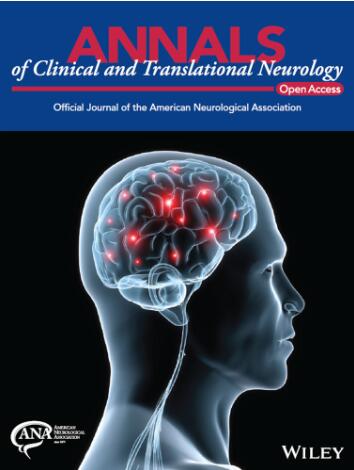The kynurenine pathway relates to post-acute COVID-19 objective cognitive impairment and PASC
Abstract
Objective
To determine the prevalence and natural history of post-acute COVID-19 objective cognitive impairment and function, and their relationship to demographic, clinical factors, post-acute sequelae of COVID-19 (PASC), and biomarkers.
Methods
A total of 128 post-acute COVID-19 patients (age = 46 ± 15; 42% women, acute disease severity: not hospitalized: 38.6% mild: 0–1 symptoms, 52% 2+ symptoms; 9.4% hospitalized) completed standard cognition, olfaction, and mental health examinations 2-, 4-, and 12-month post diagnosis. Over the same time frame, WHO-defined PASC was determined. Blood cytokines, peripheral neurobiomarkers, and kynurenine pathway (KP) metabolites were measured. Objective cognitive function was demographically/practice corrected, and impairment prevalence was determined using the evidence-based Global Deficit Score method to detect at least mild cognitive impairment (GDS > 0.5). Linear mixed effect regression models with time effect (month post diagnosis) evaluated the relationships to cognition.
Results
Across the 12-month study period, mild to moderate cognitive impairment ranged from 16% to 26%, and 46.5% were impaired at least once. Impairment associated with poorer work capacity (p < 0.05), and 2-month objectively tested anosmia (p < 0.05). PASC with (p = 0.01) and without disability (p < 0.03) associated with acute COVID-19 severity. KP measures showed prolonged activation (2 to 8 months) (p < 0.0001) linked to IFN-beta in those with PASC. Of the blood analytes, only the KP metabolites (elevated quinolinic acid, 3-hydroxyanthranilic acid, kynurenine, the kynurenine/tryptophan ratio) associated (p < 0.001) with poorer cognitive performance and greater likelihood of impairment. PASC, independent of disability associated with abnormal kynurenine/tryptophan (p < 0.03).
Interpretation
The kynurenine pathway relates to post-acute COVID-19 objective cognitive impairment and PASC, thereby enabling biomarker and therapeutic possibilities.

 求助内容:
求助内容: 应助结果提醒方式:
应助结果提醒方式:


